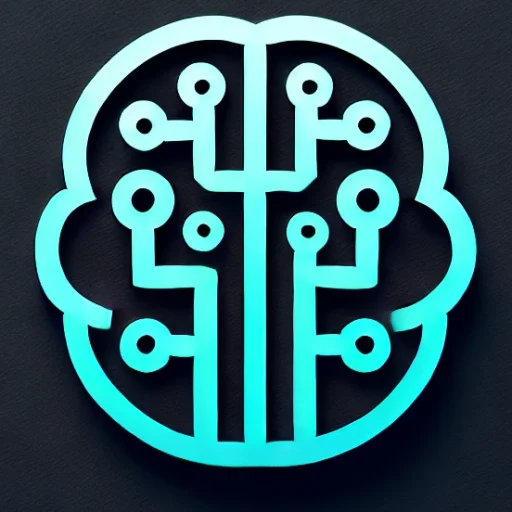
The Rise of Generative AI: Transforming Industries and Sparking New Challenges
In the rapidly evolving landscape of artificial intelligence, the emergence of generative AI stands out as a pivotal breakthrough that is transforming industries, enhancing creativity, and posing significant ethical and operational challenges. This subset of AI, characterized by its ability to create new content from data, is reshaping how we interact with technology and envision possibilities.
Key Insights & Latest Advancements
Generative AI leverages sophisticated algorithms like Generative Adversarial Networks (GANs) and transformers to produce content, ranging from text and images to music and video. Recent advancements have enabled generative models to achieve unprecedented levels of accuracy and creativity. Models such as OpenAI’s GPT-4 and Google’s Imagen exemplify this progress, with the former showcasing unparalleled text generation capabilities and the latter leading in photorealistic image synthesis.
These technologies have democratized content creation, allowing users to generate complex and unique outputs with minimal input. The development of diffusion models and improvements in training datasets continue to push the boundaries, promising even more refined and realistic results.
Real-World Applications
Generative AI’s applications are vast and varied, touching numerous sectors:
- Healthcare: In drug discovery, generative models simulate molecular structures, accelerating the identification of potential candidates and reducing the cost and time of development.
- Entertainment and Art: AI-generated music and art, like those from platforms such as DALL-E, offer new forms of artistic expression and collaboration, blurring the lines between human creativity and machine-generated work.
- E-commerce: Virtual try-ons powered by generative AI allow consumers to visualize fashion items or accessories on themselves before purchasing, enhancing the online shopping experience.
- Architecture and Design: AI-driven design tools generate optimized building layouts and innovative designs, supporting architects in their creative processes.
Challenges & Future Outlook
Despite its transformative potential, generative AI also presents notable challenges. Ethical concerns arise with the creation of deepfakes and other misleading content, which can spread misinformation and infringe on privacy rights. Moreover, the computational resources required for training such complex models raise sustainability and accessibility issues.
Addressing these challenges will require establishing robust ethical guidelines and creating transparent systems to ensure responsible usage of generative technologies. The future of generative AI lies in balancing innovation with accountability, fostering an environment where these technologies can thrive ethically and sustainably.
Conclusion
Generative AI is a revolutionary force, reshaping industries and redefining creativity. As this technology continues to advance, it offers unparalleled opportunities for innovation across multiple domains. However, the responsibility lies with developers, policymakers, and users to navigate the accompanying challenges thoughtfully. The trajectory of generative AI will undoubtedly influence the future of technology, making it a topic of critical importance and interest.
Key Takeaways
- Generative AI is transforming how we generate and interact with digital content.
- Recent advancements enable the creation of highly realistic and creative outputs.
- Its applications span diverse industries, from healthcare to entertainment.
- Ethical and computational challenges need to be addressed for sustainable growth.
- Stakeholders must collaborate to ensure the responsible development and use of generative AI technologies.

